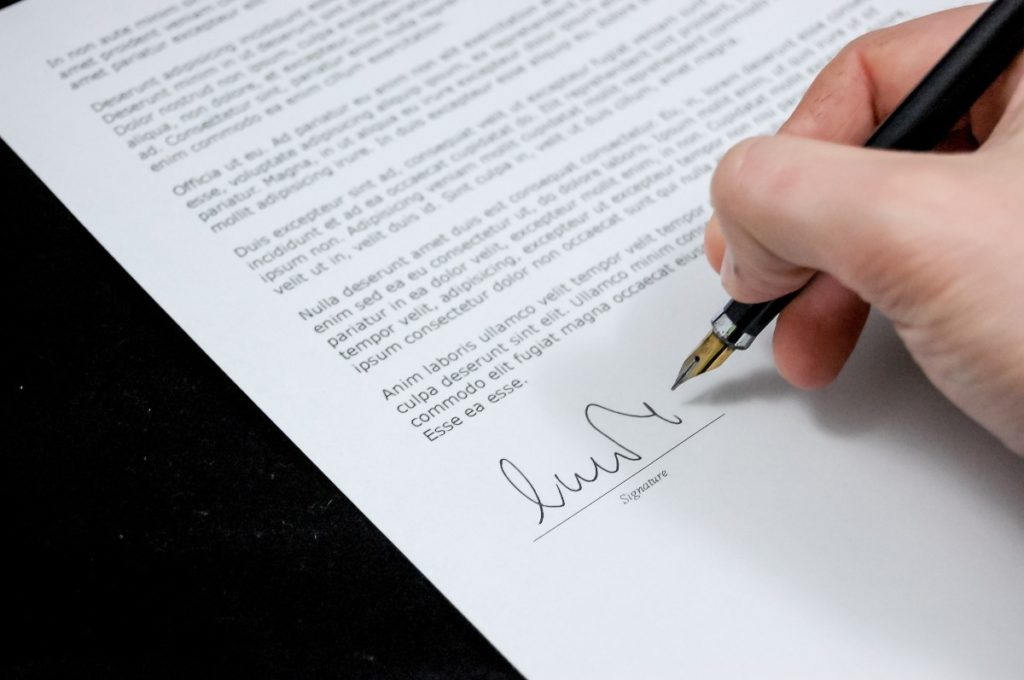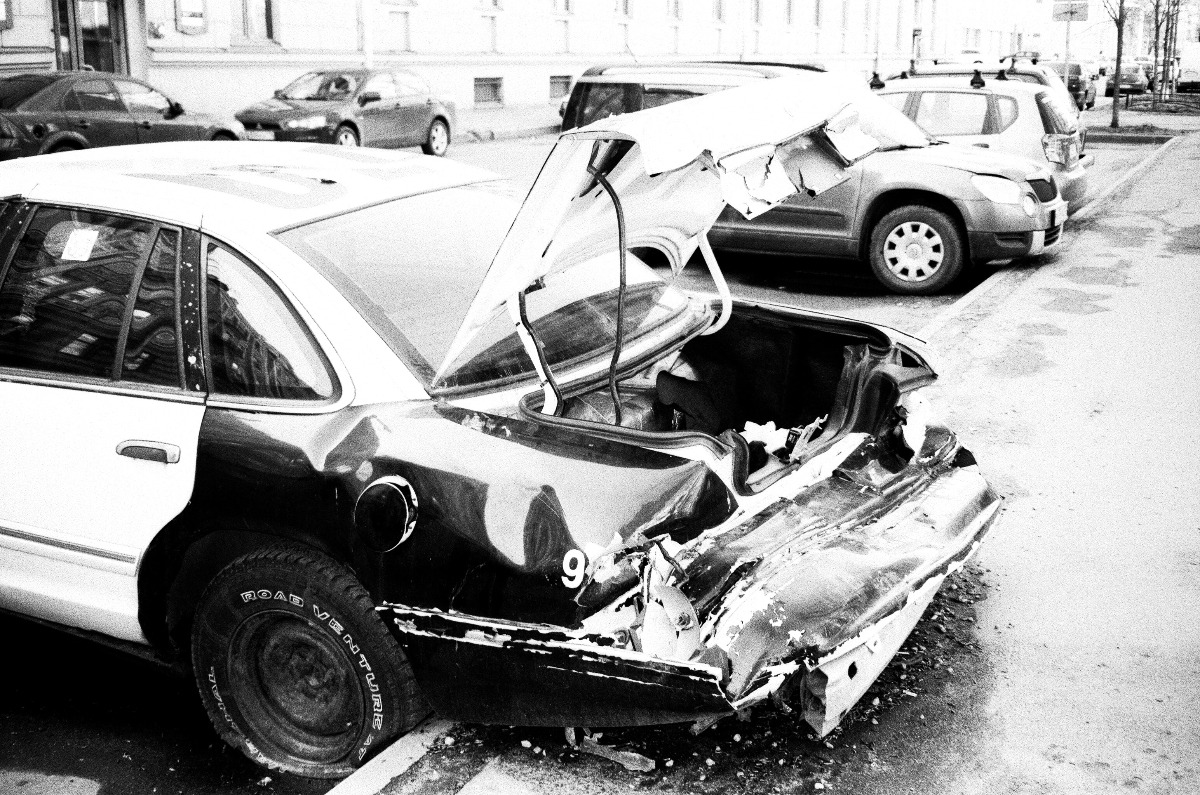Everyone will come across a liability release at some time in their lives, whether in a business or personal setting. This legal form is basically a waiver that’s developed to protect against lawsuits or litigation by addressing possible property damage, personal injuries, and other commercial rights.
How a Liability Release Works
Liability releases are recommended for any company or individual that engages in any activity that could potentially end up with a lawsuit. They generally apply to damages or injuries that an individual could incur while participating in the covered activity. It is important to note though that a liability release doesn’t absolve the creators of their own negligent acts.
For instance, let’s say that you rented a car. The liability release might clear the car owner of any responsibility in the event that you crash the car and sustain an injury. On the other hand, it won’t absolve the car owner if the car catches on fire and you get injured since the owner failed to maintain the car properly.
Whether a component of a comprehensive settlement agreement or contract or as a standalone legal document, a liability release could be created in advance and signed before or after an injury. It is commonly utilized in the following situations:
- Auto Accidents: In these cases, the release involves compensating an injured party for damages or injuries in exchange for releasing liability for further damages or injuries.
- Risky Activities: Some examples are skydiving, whitewater rafting, gyms, boat rentals, driving ranges, golf courses, and batting cages.
- Information Release: This gives parties the right to release confidential employment, financial, medical, and other private details.
- Mechanic’s Lien Release: This could release property from potential or existing liens by a party that does repair work or constructions on a property.
- Photographic Release: This authorizes the use of videos or images of, taken, or owned by another individual.
- Selling Automobiles: Certain states require buyers to sign a liability release that safeguards sellers from potential liability should the buyers get incur tickets for violations or get involved in an accident.
What’s Included in a Liability Release Form?
The specific contents of a liability release form must be tailor-fitted to a particular situation. For example, a liability release following an auto accident would have significantly different contents than a liability release for, say, bungee jumping. For personal injury cases especially, the contents of a liability release form are immensely vital.
You and your personal injury lawyer have to ensure that all damages associated with the accident will be covered in the personal injury settlement agreement that the insurance company is offering. This is because once you sign a liability release you’re basically waiving your rights to make extra claims that might arise as a result of the accident.
This is particularly true if you are still getting treatment for your injuries. You must wait until you have recovered completely to claim relevant damages or risk spending future or upcoming costs related to the accident. Put simply, if you have any qualms about the contents of a liability release, don’t sing it.


